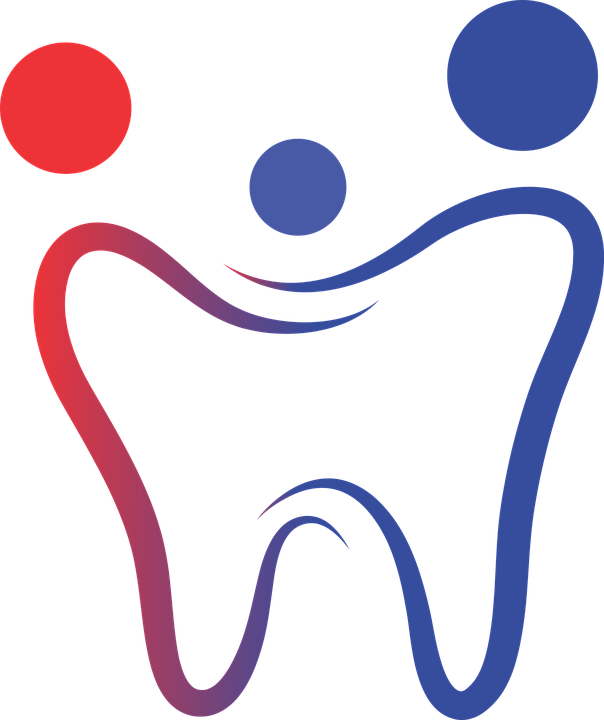Being devoid of lines and wrinkles is a lesser indicator of youth than having beautiful skin. The visible indications of ageing, sometimes known as the Seven Signs of Ageing, are however rapid to appear on the skin.
While healthy lifestyle choices and an effective skincare regimen can control some skin-related aspects, many age-related traits are inherited.

1. Wrinkles and fine lines
For both men and women, fine lines, crow’s feet, and wrinkles are the most noticeable and frequently most alarming indications of ageing. The elastin and collagen fibers that maintain our skin taut and firm deteriorate, which causes wrinkles. Wrinkles result from the skin being lax and loose as a result.
2. Skin’s dullness
The youthful skin’s glistening, dewy appearance gradually ages. The end consequence is a faded complexion as a result of the top layer of skin’s moisture levels naturally declining with age. Older skin renews itself more slowly, every four to six weeks, as opposed to younger skin, which does so every three to four weeks.
3. A discrepant skin tone
The complexion becomes uneven in some areas as we age. This might be because some areas of the skin contain more melanin than others, or it might be because female hormone levels play a role in this. Due to this unevenness, skin may appear older than it actually is.
4. Dry skin
Young, healthy skin is highly hydrated, giving it a youthful, dewy appearance. This diminishes with age as the skin’s capacity to hold moisture declines. Dryness and dehydration are common characteristics of older skin.
5. Discoloration and ageing spots
Age-related skin thinning causes the appearance of toned blood vessels, which are more visible. Overexposure to UV radiation is the main cause of age spots, also known as liver spots, which are reddish or brown in color and become more noticeable as skin ages. They result in a blotchy appearance that ages the person.
6. Dull skin tone
Changes in texture become apparent as skin ages. Due to the accumulation of layers of dead cells and the slowed cell turnover, skin that was once baby-soft and smooth becomes uneven and rough on the surface.
7. Noticeable pore
Due to gravity pulling skin downward and a loss of skin elasticity, pores grow larger or become more noticeable as we age.
What results in skin ageing in humans?
Numerous factors, such as the natural ageing process, environmental factors, and lifestyle decisions, all contribute to the ageing of our skin. In Europe, UV light is a major contributor to skin ageing. Stress, alcohol, smoking, and some drugs also contribute.
Here are the top seven factors that speed up skin ageing:
Risk factors include smoking, excessive sun exposure, stress, lack of sleep, cold weather, alcohol use, and inactivity.
How Do You Handle Aging’s Early Symptoms?
You can now treat your issues more successfully thanks to technological breakthroughs. The newest anti-wrinkle injection in Slough methods can now be used to turn back time and get rid of ageing symptoms. The most popular medical procedures include oxygen facials, skin peels, PRP, and Botox.
There is no reason to consider the age symptoms on your skin as inevitable when you first notice them. Instead, you should be aware that ageing has a solution just like any other issue. Although these symptoms can be reversed, ageing can be fought. To learn more about it, you should conduct your own research and schedule a consultation with a skin specialist. In order to give you accurate information regarding the treatment, he will evaluate your skin. Even if the issue is little, you shouldn’t disregard it. Because if you ignore a tiny issue, it will grow and become severe. It can sometimes be challenging to deal with.
You can undergo a variety of anti-aging procedures at the cosmetic dentist Slough. A free introductory consultation is something we offer. Fill out the following form, and a member of our staff will contact you to schedule your appointment. What are you still holding out for? Your ideal location is just a few steps away. Fill out the form and add your name to the waiting list now.





